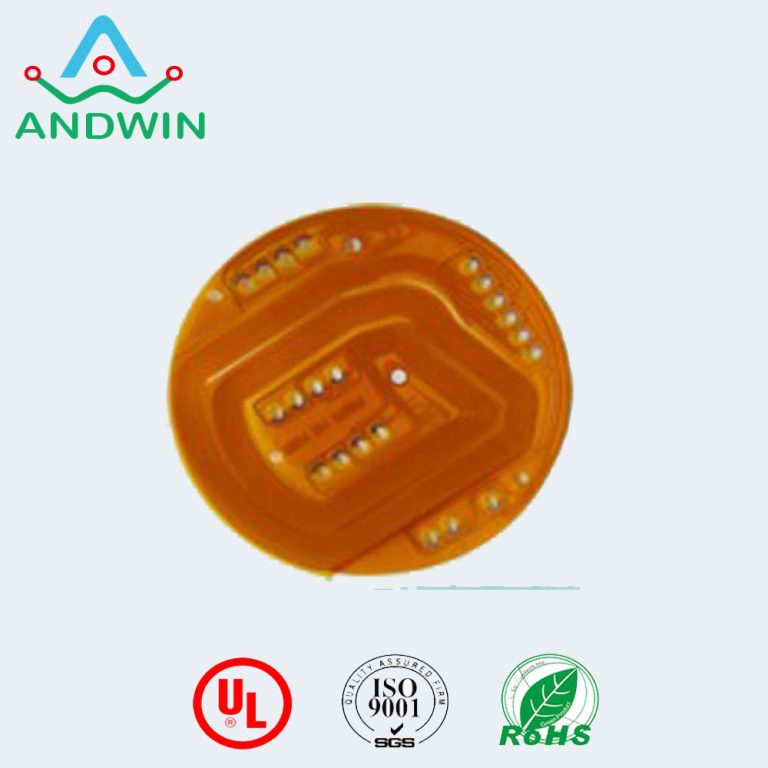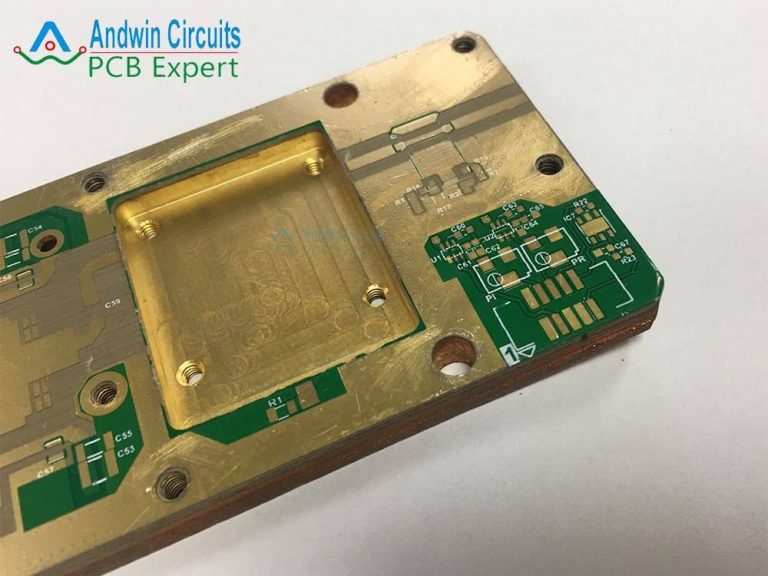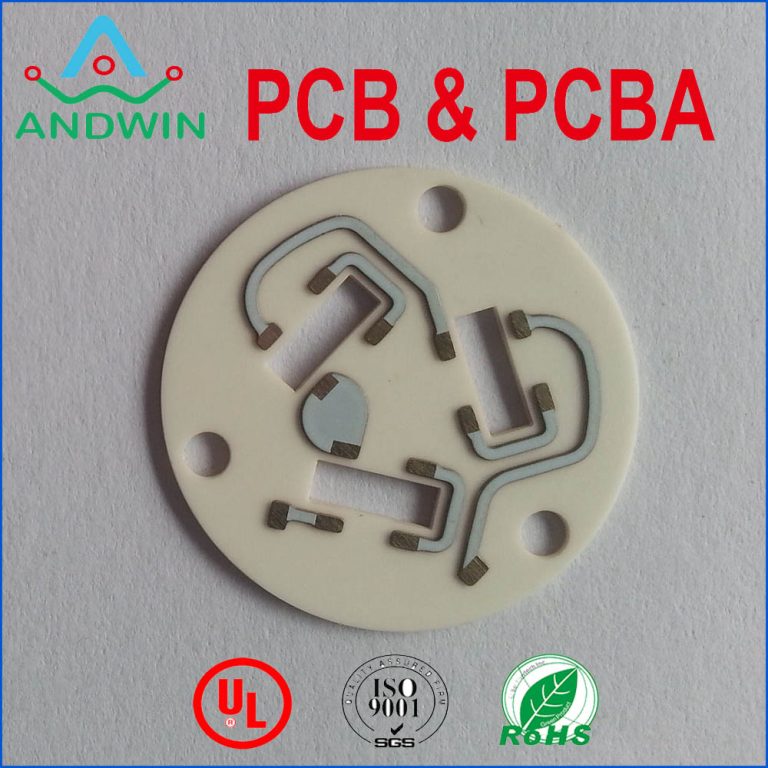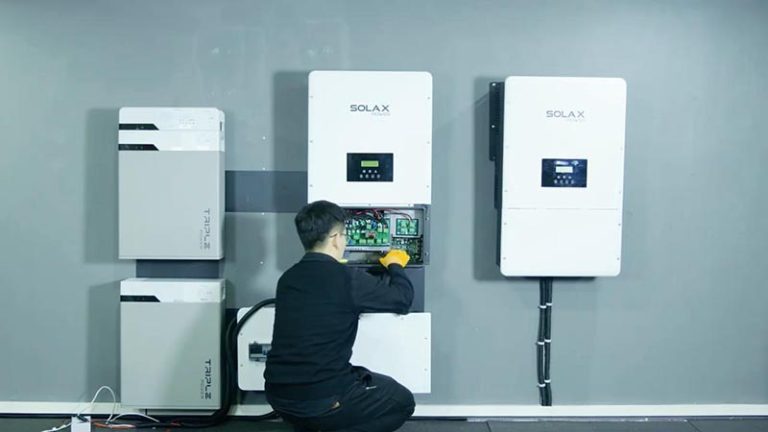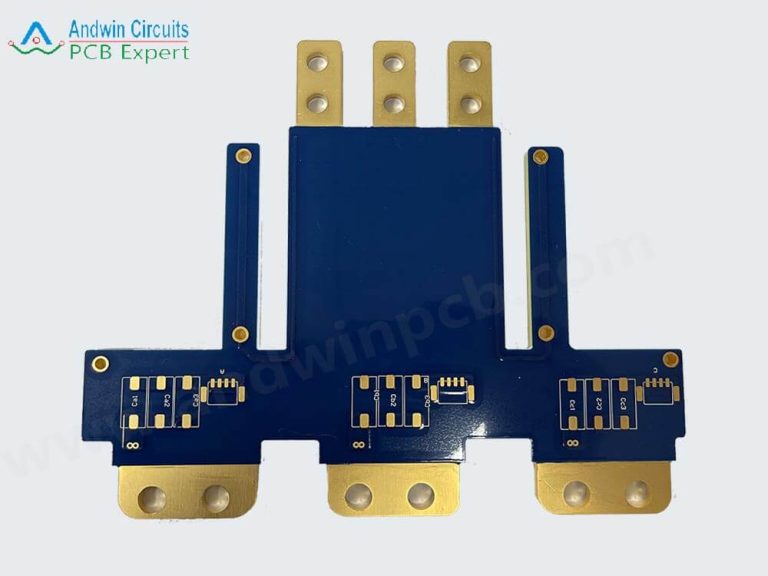Rigid flex pcb process-Andwin
Rigid-flex PCBs are a type of printed circuit board that combines the flexibility of a flexible PCB with the rigidity of a rigid PCB. This unique
combination makes them ideal for use in applications where space is limited, and where the PCB must be able to withstand bending, twisting, and other forms of stress.
The process of manufacturing rigid-flex PCBs is complex and requires a high level of expertise. In this article, we will take a closer look at the rigid-flex PCB process, including the design, fabrication, and assembly stages.

Design Stage
The design stage is the first step in the rigid-flex PCB process. During this stage, the design team will work with the customer to determine the specific requirements for the PCB. This includes the size, shape, and functionality of the PCB, as well as any special features or components that may be required.
Once the requirements have been established, the design team will create a schematic diagram of the PCB. This diagram will show the connections between the various components and will serve as a blueprint for the fabrication and assembly stages.
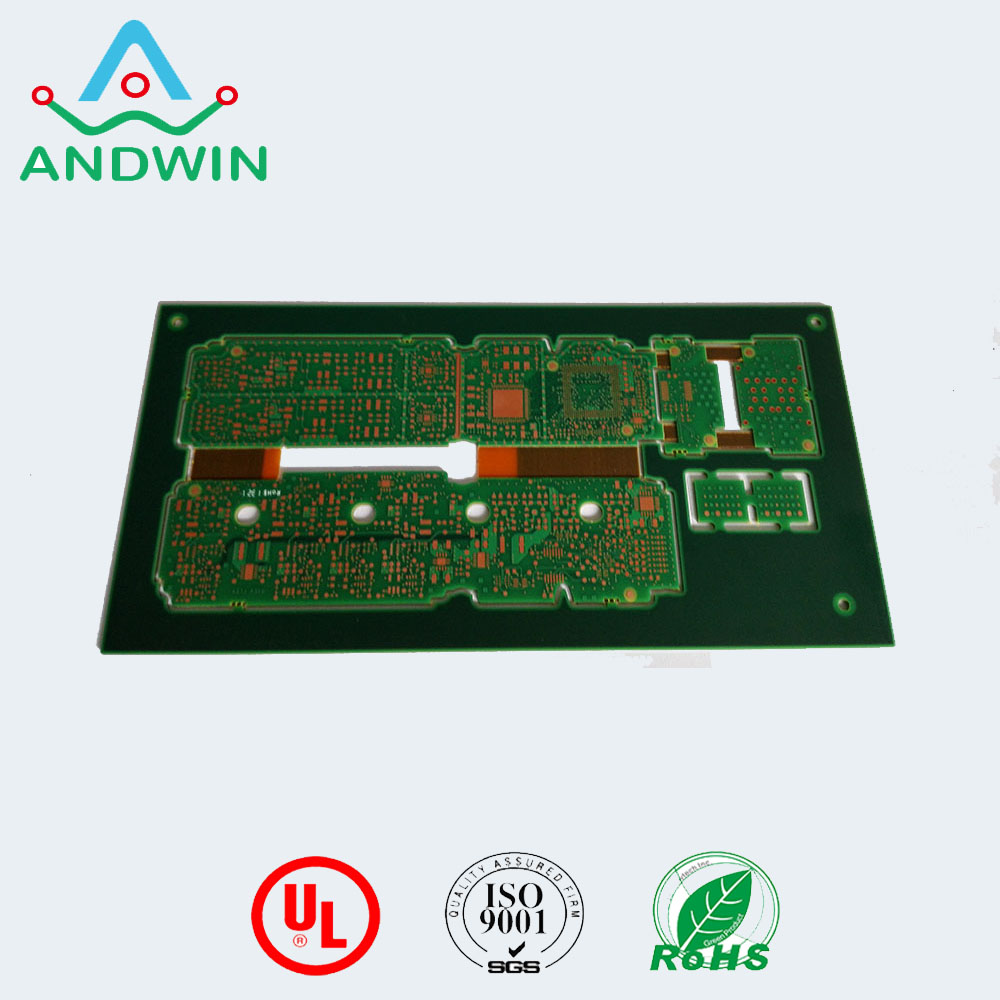
Fabrication Stage
The fabrication stage is where the actual PCB is created. The first step in this process is to create the rigid PCB portion of the board. This is done using traditional PCB fabrication techniques, such as etching, drilling, and plating.
Once the rigid PCB portion of the board has been created, the flexible portion of the board is added. This is done by laminating a layer of flexible material, such as polyimide, to the rigid PCB. The flexible material is then etched to create the necessary connections between the components.

Assembly Stage
The final stage in the rigid-flex PCB process is the assembly stage. During this stage, the components are added to the PCB and the board is tested to ensure that it is functioning properly.
One of the challenges of assembling rigid-flex PCBs is that they must be able to withstand bending and twisting without breaking. To address this, special techniques are used to ensure that the components are securely attached to the board and that the board itself is able to flex without damaging the components.

Conclusion
The rigid-flex PCB process is a complex and challenging process that requires a high level of expertise. However, the end result is a PCB that is able to combine the flexibility of a flexible PCB with the rigidity of a rigid PCB, making it ideal for use in a wide range of applications.
If you are considering using a rigid-flex PCB in your next project, it is important to work with a manufacturer that has experience in this area. By doing so, you can ensure that your PCB will be designed, fabricated, and assembled to the highest standards, and will meet your specific requirements for functionality, durability, and performance.


